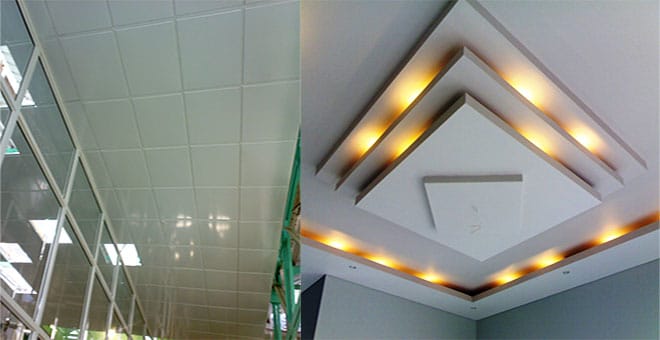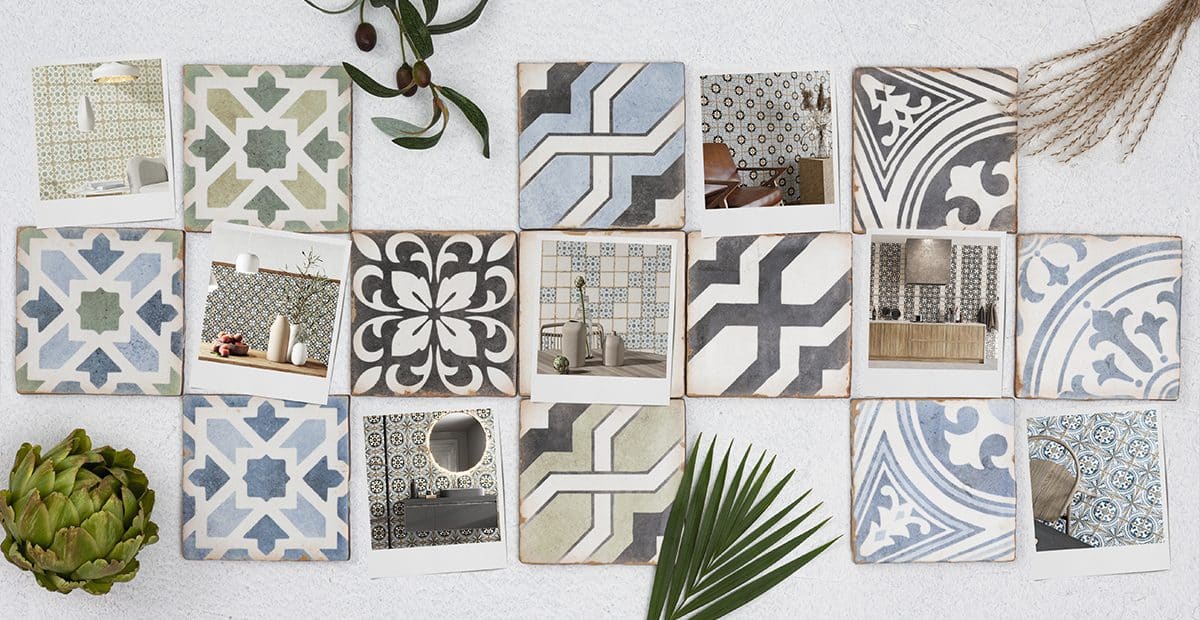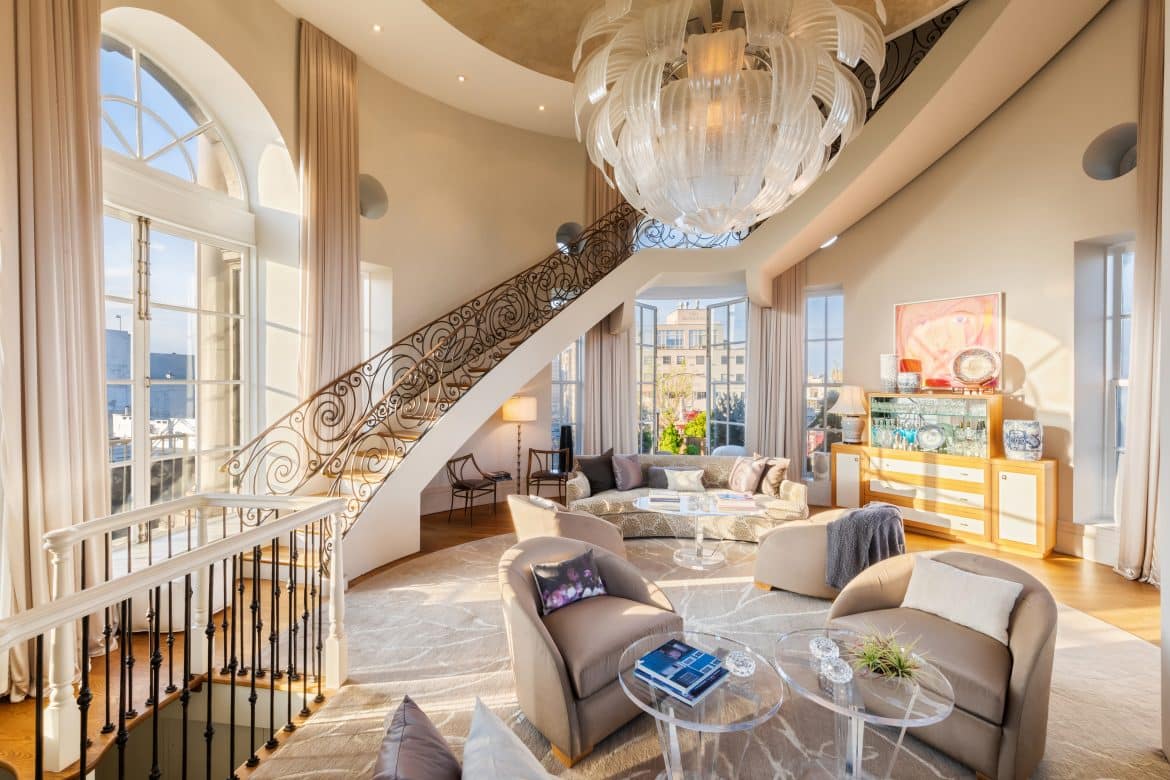Geometric Brilliance: Structural Tile Patterns in Modern Architecture
Most architectural works resemble geometric shapes, and it’s no coincidence. These forms are not aesthetic or stylistic. They’re an application of architectural science where numerous disciplines of geometry meet.
Geometric brilliance is a particular part of architecture known as geometric architecture. Explore more about this fascinating aspect of architecture with the hexagon tiles collection.
Geometry in Architecture
Geometric patterns in architecture go way back. They were commonly used in religious buildings and tombs. Some of these patterns were also used in residential buildings. The frequency of use and complexity were mainly a display of one’s wealth. These patterns were applicable on both flat and curved surfaces.
Geometric designs were also used on perforated screens. During the day, light penetrates through spaces and then filters into space. These screens are ornamental with a significant performance on the environment. Different geometric designs shade screens depending on the degree of daylighting. Their performance offers spaces with endless architectural patterns.
Geometry and its Relevance in Architecture
Geometry deals with lengths, volumes, and mathematics. In architecture, the use of geometric shapes and their properties creates buildings. Geometry in architecture acquires its language when shape elements relate to structures.
Today, geometry is a critical component of modern architecture in buildings. Generally, all geometric shapes create spaces of particular relevance. In architecture, geometry economizes buildings, saving materials and using space maximally. As a result, space is not wasted, and materials are put to good use.
In Geometric architecture, the simplicity of various elements comes in particular strokes. Geometry in architecture helps calculate the structural load of construction logic.
How Different Shapes Influence Commercial Architecture
Geometry is represented all over the world in iconic structures. Some buildings are the Pyramids in Egypt, Roman arches, and domes in New York on the new World Trade Centre Tower. These structures display great architectural work where geometrical shapes are dominant.
Architects use mathematical attributes of shapes to design a standing structure. For buildings to be constructed, this understanding is necessary. Here’s how shapes influence commercial architecture.
Rectangles and Squares
Most commercial building designs are rectangular and square. They’re easy, fast, and cheaper to build from typical materials like stone, brick, concrete, or wood. These shapes are easy to put together, leaving behind minimal waste. Altered forms use more materials and assets. They are costly to build and maintain.
Squares and rectangles meet at a 90-degree angle, making structures strong. The position of vertical stacks and vents is better, and roof planes become easier to design. In such structures, air and temperature circulation is regulated. Electric wiring and water pipes pass quickly, ensuring little space goes unutilized.
Triangles
The triangle is one of the most used structural shapes in commercial architecture. It can’t be distorted like a rectangular or square without disassembling its joints. Adding the form of a triangle to a square or a rectangle for support strengthens the structure.
Before the use of triangles in buildings, most roofs were weak. Builders put posts in the middle of the square or rectangle to make them sturdy and robust.
Today, in modern construction, triangles are more popular. Triangles are easy to survey, and changing them to fit specific requirements is easy.
Circles
A circle is considered to be the most robust shape. Unlike other forms, a circle’s strength is equally distributed on the arc.
Executing a circular design on a structure is more intricate than with other shapes. The surface is less than for different forms. Using circles in construction translates to minimal building materials and labor. Hence, the cost of building is reduced significantly. Here are the advantages of using circles in architecture.
- Saving space
- More energy since there’s a little surge in heat transfer
- High wind resistance as it blows around a building, and it doesn’t get trapped.
- Less material is used; hence, there’s environmental conservation.
Geometric aspects influencing architecture
Different aspects of geometry have a direct impact on architecture. Here’s a list of the most essential elements.
- Modularity – Some modules are alike. But they’re enhanced to simplify building with harmony, evenness, and plasticity.
- Polygonal and circular shapes – Consists of surface portions aligned with the plane. This ensures no connecting lines pass through over twice. A good example is door and window frames that rotate 180 degrees when open.
- Geometric representation – Dedicated software places geometric shapes on architectural work.
- Structural inclination – Geometrical resources allow vertical calculations to increase heights in buildings.
- Hyperboloids – Rotating the hyperboloid around a hyperbola secures a symmetry axis. They make columns, light entrances, and chimneys on a significant surface area.
- Conoidal and cylindrical shapes make a spiral staircase. It’s also used in columns, chimneys, or tunnels.
- Bends and arcs – They’re used in doors and windows. Most geometric shapes used include horseshoe shapes or lobed.
- Polyhedral shapes – Here, the most popular forms are cubes and octahedrons. These shapes bring out proportional buildings and harmonious spaces.
The Bottom Line
Using geometric shapes to achieve architectural patterns and design is popular today. The technology is often used in commercial structures. These shapes on walls, floors, roofs, doors, and windows help complement each other. As a result, they form visually exciting structures.







